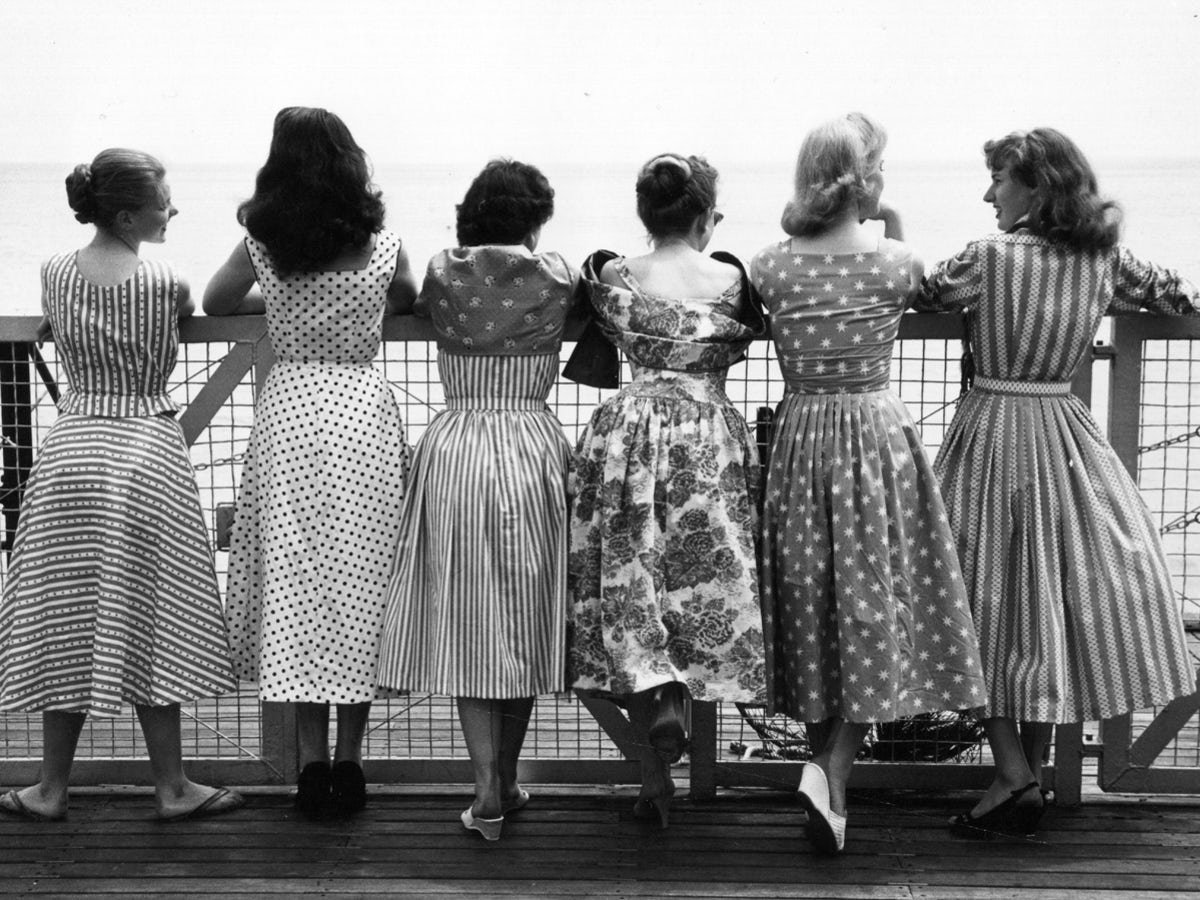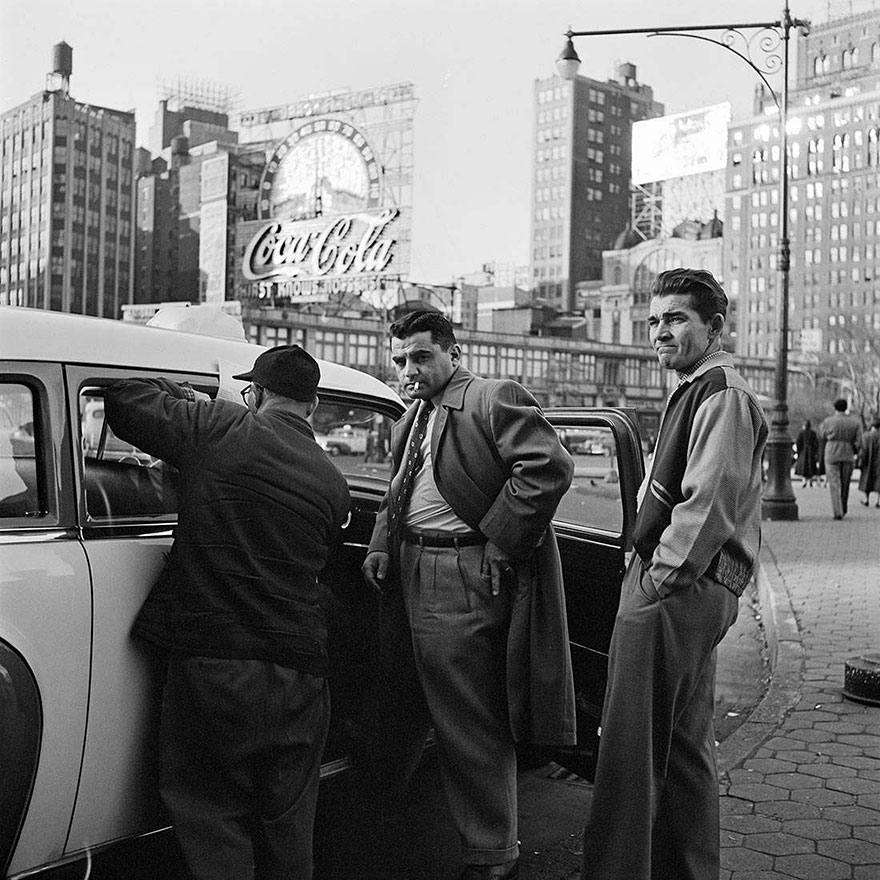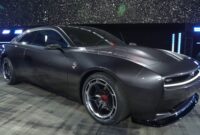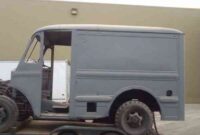1950s Ford Trucks For Sale: Your Comprehensive Guide to Owning a Piece of Americana pickup.truckstrend.com
Introduction: The Enduring Allure of 1950s Ford Trucks
The open road, a classic soundtrack, and the unmistakable rumble of a vintage engine – for many automotive enthusiasts, this dream is perfectly embodied by a 1950s Ford truck. More than just a mode of transport, these vehicles are rolling sculptures, testaments to post-war American ingenuity, durability, and a simpler time. From the iconic F-100 to the rugged F-250, Ford trucks of the 1950s have cemented their place in automotive history, becoming highly sought-after collector’s items, versatile project vehicles, and striking custom builds.
1950s Ford Trucks For Sale: Your Comprehensive Guide to Owning a Piece of Americana
For sale today, these trucks represent a unique blend of nostalgia, robust engineering, and boundless customization potential. Whether you’re a seasoned restorer, a hot rod enthusiast, or simply someone looking to cruise in style, understanding the nuances of buying, owning, and maintaining a 1950s Ford truck is crucial. This comprehensive guide will navigate you through the exciting world of 1950s Ford trucks for sale, offering insights, practical advice, and a roadmap to finding your perfect piece of Americana.
The Undeniable Appeal: Why 1950s Fords Remain Automotive Icons
The 1950s were a transformative decade for America, and its automotive landscape reflected this dynamism. Ford, a leader in truck manufacturing, introduced designs that blended utilitarian function with newfound style. The F-Series, in particular, underwent significant transformations, moving away from pre-war aesthetics to embrace sleeker lines, integrated headlights, and a more comfortable driving experience.
Key elements contributing to their lasting appeal include:
- Timeless Design: The rounded fenders of the early 50s F-Series, the "wrap-around" windshields, and the distinctive grilles are instantly recognizable and evoke a strong sense of nostalgia. Their clean, honest lines make them ideal canvases for both faithful restorations and radical custom builds.
- Robust Engineering: Built during an era when vehicles were designed to be repaired, not replaced, 1950s Ford trucks are renowned for their durability. Their simple, mechanical components are often easier to work on than modern vehicles, making them attractive to DIY enthusiasts.
- Cultural Significance: These trucks were the backbone of American commerce and agriculture, hauling everything from farm produce to construction materials. They represent the spirit of hard work, reliability, and the burgeoning post-war prosperity.
- Customization Potential: The strong aftermarket support and relatively straightforward chassis designs make these trucks incredibly popular for modifications, from mild engine upgrades to full "restomod" transformations with modern drivetrains, suspensions, and interiors.

Navigating the Models: Key 1950s Ford Trucks to Consider
Ford’s F-Series trucks dominated the market in the 1950s, evolving through two distinct generations within the decade.
1. The Second Generation F-Series (1953-1956)

This era is arguably the most iconic and sought-after. Ford completely redesigned its truck line for 1953, creating a more modern and integrated look.
- Ford F-100: The half-ton pickup, the F-100 is the quintessential 1950s Ford truck. Its distinctive "fat-fender" styling, especially the 1953-1956 models, is instantly recognizable. These trucks offered improved visibility, more comfortable cabs, and a range of engine options, including the flathead V8 (until 1953) and the new overhead valve Y-block V8. The 1956 F-100, with its unique "big-window" cab option, is particularly desirable.
- Ford F-250 & F-350: These were the ¾-ton and 1-ton variants, respectively. While sharing the F-100’s cab and front-end styling, they featured heavier-duty chassis, larger wheels, and longer beds designed for more substantial loads. They are less common than the F-100 but offer a rugged charm and can be found at more accessible prices.

2. The Third Generation F-Series (1957-1960)
Ford introduced another significant redesign for 1957, moving towards a more squared-off, integrated body style with flush-sided beds (Styleside).
- Ford F-100 (1957-1960): These models feature a wider, flatter hood and grille, with headlights integrated into the bodywork. The "Styleside" bed became the norm, though "Flareside" (step-side) beds were still available. These trucks offer a more modern driving experience due to their improved suspension and steering. They are often more affordable than their earlier 50s counterparts, making them excellent entry points for enthusiasts.
- Ford Ranchero (1957-1959): While technically a car-based utility vehicle, the Ranchero, introduced in 1957, combined the front styling of a Ford car (Fairlane) with a pickup bed. It offered car-like comfort with light-duty hauling capabilities and is a unique, stylish option for those seeking something different.
What to Consider Before Buying: Essential Checks for 1950s Ford Trucks
Purchasing a vintage truck requires careful consideration. Unlike modern vehicles, condition varies wildly, and understanding what you’re looking at is paramount.
- Rust is the Enemy: This is the most critical factor. Check common rust areas:
- Cab: Cab corners, floor pans, firewall, drip rails, door bottoms, rocker panels.
- Bed: Bed floor, inner and outer wheel wells, bed sides, tailgate.
- Chassis: Frame rails (especially near spring mounts and body mounts), crossmembers.
- Fenders/Hood: Lower sections, inner fender wells.
- Surface rust is manageable; extensive structural rust can be a deal-breaker or require costly professional repair.
- Body Integrity: Look for signs of accident damage, poor repairs, excessive body filler, or misaligned panels. Straight body lines are a good indicator.
- Engine and Drivetrain:
- Engine: Listen for unusual noises (knocking, ticking), smoke from the exhaust (blue for oil, white for coolant, black for rich fuel), fluid leaks. Check oil and coolant levels and appearance.
- Transmission: Manual transmissions should shift smoothly without grinding. Automatic transmissions (if equipped, less common in early 50s) should engage gears without harshness.
- Rear End: Listen for clunking or whining noises, which could indicate worn gears or bearings.
- Suspension and Steering: Check for excessive play in the steering wheel, worn kingpins (common on these trucks), sagging springs, and worn bushings. These can affect safety and driveability.
- Brakes: Ensure they operate effectively and evenly. Many original trucks will have drum brakes, which require more stopping distance than modern discs.
- Electrical System: Test all lights, gauges, wipers, and the heater. Original wiring can be brittle and problematic; look for signs of previous repairs or upgrades.
- Interior: Assess the condition of the seat, dashboard, headliner, and door panels. These are often easier to restore than bodywork but factor in the cost.
- Paperwork: Ensure the seller has a clear title that matches the VIN on the truck. Verify the VIN matches the frame and any visible tags.
Where to Find 1950s Ford Trucks For Sale
The digital age has made finding classic vehicles easier than ever, but traditional methods still hold value.
- Online Marketplaces:
- ClassicCars.com, Hemmings.com: Reputable sites dedicated to classic vehicles.
- eBay Motors: Wide variety, from projects to fully restored trucks.
- Bring a Trailer (BaT): Curated auctions often feature high-quality, well-documented vehicles.
- Facebook Marketplace/Groups: Local finds and community-specific listings.
- Specialized Dealerships: Many dealerships specialize in vintage cars and trucks, offering inspected vehicles, but often at a premium price.
- Auctions: Live auctions (Mecum, Barrett-Jackson) or online auction houses. Great for unique finds but require quick decision-making.
- Local Classifieds & Word-of-Mouth: Sometimes the best deals are found offline in local papers, auto swap meets, or through connections in the classic car community.
- Clubs and Forums: Joining Ford truck enthusiast clubs or online forums can lead to private sales and invaluable advice.
The Buying Process: Practical Tips for a Successful Purchase
- Research Extensively: Understand the specific model years you’re interested in, their common issues, and typical values.
- Set a Realistic Budget: Beyond the purchase price, factor in potential restoration costs, parts, insurance, and ongoing maintenance.
- Inspect in Person: Always try to see the truck in person. Bring a knowledgeable friend or hire a pre-purchase inspector if you’re not confident in your own assessment.
- Test Drive: Evaluate the engine, transmission, brakes, steering, and suspension. Listen for unusual noises.
- Ask for Documentation: Service records, previous restoration photos, and ownership history add value and transparency.
- Negotiate: Most classic vehicle prices are negotiable. Be prepared to walk away if the deal doesn’t feel right.
- Understand Your Purpose: Are you looking for a daily driver, a show truck, a weekend cruiser, or a full-blown project? This will significantly influence the type of truck you buy and its condition.
Restoration vs. Driving As-Is: Making the Right Choice
Once you’ve found your 1950s Ford truck, the next decision is its future.
- Driving As-Is (Survivor/Patina): Many enthusiasts prefer to preserve the original character of these trucks, embracing the "patina" (natural wear and aging). This is often the most cost-effective option initially, allowing you to enjoy the truck immediately. Focus on mechanical soundness and safety upgrades (brakes, tires).
- Restoration: This involves returning the truck to its original factory condition or better. It’s a time-consuming and expensive endeavor but yields a show-quality vehicle. Be prepared for significant investment in bodywork, paint, engine rebuilds, and interior components.
- Restomod/Custom Build: The most popular route for many. This involves blending classic aesthetics with modern performance, comfort, and reliability. Common upgrades include:
- Engine Swaps: Modern V8s (Ford Coyote, GM LS, small block Ford) for more power and fuel efficiency.
- Suspension Upgrades: Independent front suspension (IFS), coil-overs, air ride for improved ride quality and handling.
- Brake Conversions: Disc brakes on all four corners for vastly improved stopping power.
- Power Steering/Brakes: For easier maneuverability and driving comfort.
- Interior Upgrades: Modern seating, air conditioning, updated sound systems, and digital gauges.
Price Guide: 1950s Ford Trucks For Sale (Estimated Ranges)
Prices for 1950s Ford trucks vary wildly based on year, model, condition, originality, and customization. The table below provides a general range; individual sales can fall outside these estimates.
| Model | Year Range | Condition: Project (Needs Full Restoration) | Condition: Driver (Good Running Condition, Imperfections) | Condition: Restored/Show Quality (Excellent, Modified, or Original) |
|---|---|---|---|---|
| Ford F-100 | 1953-1956 | $5,000 – $15,000 | $18,000 – $45,000 | $50,000 – $150,000+ |
| Ford F-100 | 1957-1960 | $4,000 – $12,000 | $15,000 – $35,000 | $40,000 – $100,000+ |
| Ford F-250/F-350 | 1953-1960 | $3,000 – $10,000 | $10,000 – $25,000 | $30,000 – $70,000+ |
| Ford Ranchero | 1957-1959 | $6,000 – $15,000 | $18,000 – $40,000 | $45,000 – $90,000+ |
Disclaimer: These are general estimates and should only be used as a guide. Prices can fluctuate significantly based on market demand, specific features (e.g., "big window" F-100), engine type, professional build quality, and geographical location. Always perform thorough research for specific models and conditions.
Frequently Asked Questions (FAQ) about 1950s Ford Trucks
Q1: Are parts readily available for 1950s Ford trucks?
A1: Yes, absolutely! Due to their popularity, there’s a thriving aftermarket for reproduction parts (body panels, trim, interior components) and a strong network for used original parts. Mechanical components are often common across other Ford models of the era, making them relatively easy to source.
Q2: Are 1950s Ford trucks reliable enough for daily driving?
A2: An original, unrestored truck may not be ideal for daily driving without significant mechanical attention. However, "restomod" builds with modern engines, transmissions, brakes, and suspension can be very reliable and comfortable for daily use.
Q3: Which 1950s Ford F-Series year is the most desirable?
A3: The 1953-1956 F-100s, particularly the 1956 "big window" model, are often considered the most iconic and desirable due to their distinctive styling. However, desirability is subjective, and the 1957-1960 models also have a strong following.
Q4: What’s the difference between an F-100, F-250, and F-350?
A4: These numbers denote the truck’s weight rating and intended payload capacity. The F-100 is a half-ton, the F-250 is a three-quarter-ton, and the F-350 is a one-ton. The F-250 and F-350 typically have heavier frames, axles, springs, and larger wheels for increased hauling capability, while sharing the same cab and front-end styling as the F-100.
Q5: Is buying a 1950s Ford truck a good investment?
A5: While any classic vehicle purchase carries risk, well-maintained, professionally restored, or thoughtfully customized 1950s Ford trucks, especially F-100s, have shown steady appreciation over time. Project trucks can be good investments if you have the skills or budget for restoration, but costs can quickly outpace resale value if not managed carefully. The best investment is often the joy and experience of owning and driving one.
Conclusion: The Journey Awaits
The market for 1950s Ford trucks for sale is vibrant, offering a wide spectrum of opportunities for every budget and ambition. From barn-find projects waiting for a new lease on life to meticulously crafted showpieces, these trucks represent a tangible link to America’s automotive heritage. Owning a 1950s Ford truck is more than just acquiring a vehicle; it’s an embarkation on a journey of discovery, mechanical engagement, and community. Whether you choose to restore it to its factory glory, infuse it with modern performance, or simply enjoy its timeless patina, a 1950s Ford truck promises a driving experience that transcends mere transportation – it’s a statement, a passion, and a true piece of Americana. Start your search today, and join the countless enthusiasts who cherish these magnificent machines.



